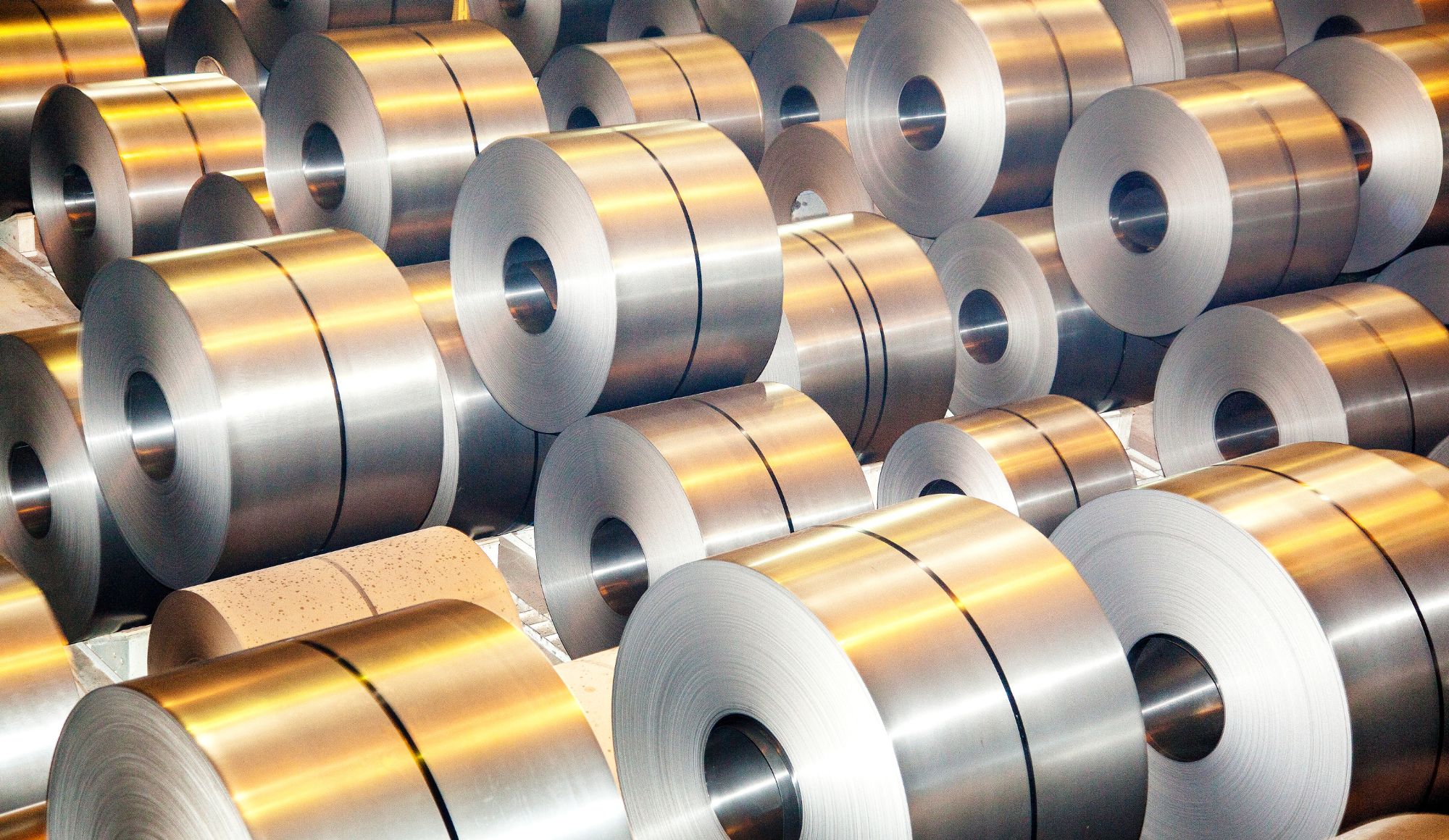Insights: Man With Perfect Track Record Bets BIG On 1 Latin Stock
Some investors grab all the headlines. And there there are the few extraordinary investors who keep a low profile but are well worth keeping a close eye on. Stanley Druckenmiller fits into that second group.
He’s famously never had a down year thanks in part to rigorous adherence to disciplined risk management. He has also got a really good track record of picking winners. And last quarter his Duquesne Family Office started a new position in a Latin metals and mining company that is well worth taking a closer look at.
Key Points
- Druckenmiller’s firm bought 1,045,000 shares of Vale at an estimated price of $17 per share. Since then, the share price has fallen, presenting a potentially better opportunity for new buyers.
- One possible bull thesis for Vale is the share buyback program approved in April 2022, which represents 10% of outstanding shares. Management has already completed 43% of the program, and there are still 250 million shares available for repurchase.
- With the company offering a 4.47% dividend yield and an estimated 26% upside to fair value, Vale presents a compelling reward to risk ratio at present.
The Bull Case for Vale
Last quarter, Druckenmiller’s firm snapped up 1,045,000 shares of Vale at prices estimated to be close to $17 per share. Since then, the share price has fallen, suggesting new buyers could capitalize on an even better opportunity than Druckenmiller.
We started our investigation at the line item that counts the most: revenues. The financial history of Vale is impressive though 2022 was definitely a blot on the copybook. Revenue growth over the past 5 years were as follows:
- 2018: 23.9%
- 2019: 7.5%
- 2020: 42.5%
- 2021: 42.4%
- 2022: -22.8%
That dip in 2022 translated to a large amount in absolute terms. Revenues fell from $52.6 billion to $42.8 billion. Cash fell too – it declined from $11.7 billion to $4.6 billion.
So what’s the bull thesis Druckenmiller sees?
The Real Reason To Buy Vale
We believe part of the thesis stems from the April 2022 announcement that the company had approved a share buyback of up to half a billion common shares over the subsequent 18 months, representing 10% of outstanding shares. At the time of the announcement, the shares were trading at about the same level as they are today. In the intervening period, they rose by as much as 20% before falling back to current levels.
Now here’s where things get interesting. Management declared that 22% of the program had been executed in the two months following the announcement. By Q4 43% of the program had been completed.
The outstanding shares today sits at about 4.45 billion, suggesting that a lot of the dry powder available to buy shares sits on the sidelines. And if the share buyback program had an 18 month window, it would infer that the next 6 months is when most of it will be used.
Ballpark we assumed that by now the company is about half way through the share repurchase program, so 250 million shares are still available for repurchase. The average volume per day is 22 million shares so it would take 11 days for the company to complete its program if it were the only volume in the market.
Obviously that’s not practical and the company will need to spread out its purchases with with approximately 22 trading days per month that leaves 132 trading days over the next 6 months for management to complete its program. And the odds are they’ll be buying the dips, like the current one.
At the very least it seems the company has a virtual put option under it for now: when the share price hits these levels, management steps in to repurchase shares. In the meantime, the company is offering a 4.47% dividend yield. And by our estimates the upside to fair value is 26% to $19.75 per share.
In a nutshell, Vale has a really compelling reward to risk ratio right now.



